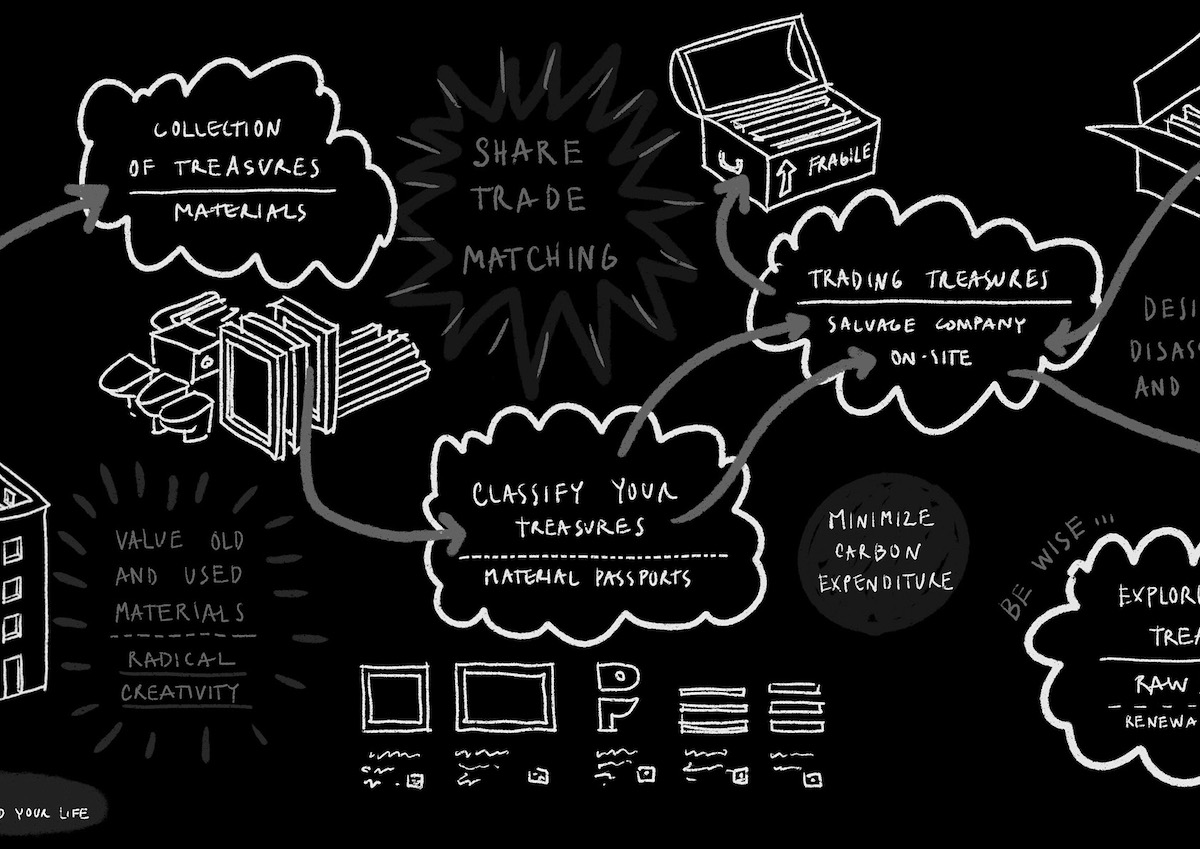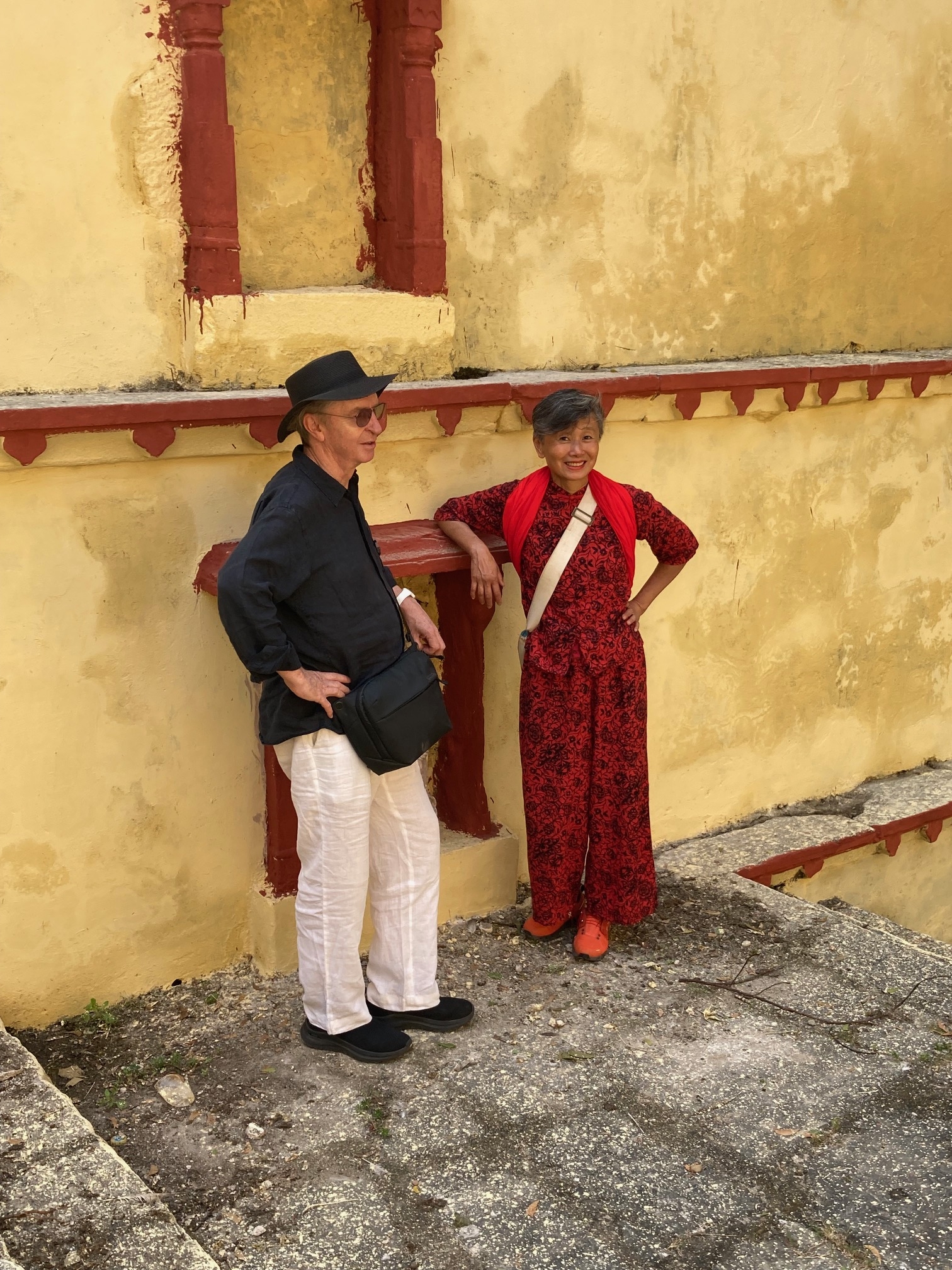
Received wisdom has it that towns created out of nothing don’t work. Also that Le Corbusier was a terrible urbanist. Received wisdom, as so often, is not entirely right. Chandigarh is a fifty-year-old city in the Punjab, designed by a team led by Le Corbusier. It was a deliberate effort by Nehru to create a modern, democratic symbol of the newly independent India, as a counterpart to Edwin Lutyens’ imperial, neoclassical capital of New Delhi, built only 20 years before. The city is made of two parts, a capitol containing government buildings that Corbusier thought of as a ‘head’, and the ‘body’: residential and business districts laid out on garden city principles with the help of the British architects Jane Drew and Maxwell Fry.
Corbusier made the capitol as grand as New Delhi, with vast buildings axially arranged across a colossal, parade-ground-like space, but he uses asymmetry rather than Lutyens’ symmetry, and opens his spaces up to a view of mountains, such that they form its the fourth wall. Reflecting pools pull the clouds and sky onto the assemblage. It is magnificent going on grandiose but also attentive to its setting.
He invented a new kind of architecture for the purpose, a hybrid of his lifelong meditations on the clean lines of biplanes and Greek temples with an elephantine, rough hewn concrete that soaks up the black stains made by Indian rain, and creates deep shadows in the Indian sun. He moulded the buildings into shapes formed from his personal visual version of the country, inspired by buffalos, mountains and old observatories. The capitol is a pictorial creation, like a vast three-dimensional painting, which is at once subtle, complex and powerful.
Over the whole composition presides the Open Hand, an ambiguous monument that speaks of the optimistic, ecumenical, brotherly spirit of the 1950s, but also of Corbusier’s monomania. For the hand can be read as Corbusier’s, and it takes the place that in cruder cities might be taken by the statue of a dictator. It can be read as a statement of ownership by the hand of the artist who shaped the town. What saves it from truly resembling a bronze Saddam, however, is its ambiguity. Readings of it oscillate between friendliness and control, without resting on either.
Chandigarh has been accused of cultural colonialism, of ignoring the Indian tradition of building intricate, teeming cities. Also of an inhuman scale. In the 1980s the Chilean architect Rodrigo Pérez de Arce worthily proposed filling in its great spaces with little streets and city blocks, which at the time was thought to be the only possible way of making cities. It was supposed to improve the place by making it more normal.
Yet Chandigarh is a place whose residents seem to take pride in it, while appreciating the straightforward garden-city virtues of space and greenery. The throng of Mumbai might be a compelling sight for an urban tourist, but most of the members of that throng would probably appreciate a little more room to live in. Chandigarh is also the most prosperous city in India. Unesco is thinking of making it a world heritage site.
Chandigarh proves that you can make a city out of nothing, and make it work. To do so you need both the practical intelligence of the residential districts, but also a myth, an idea or an identity. It was this that Le Corbusier did so brilliantly, shaping landscape and his – possibly ignorant – perceptions of Indian-ness into a wholly new creation. He was arrogant (and perhaps some arrogance is essential in such an audacious undertaking as making a city) but not crude. Everything he did grew out of the place that he found.
It is the myth that makes the citizens proud of it and gives the city a sense of purpose. It seems to have inspired another great monomaniac to create a counter-version to the capitol. Nek Chand, an engineer with the roads department, spent all his spare time (his wife assumed he was having an affair) hand-building a secret fantasy city out of waste materials such as porcelain electrical switches and broken tiles, and stones he picked up from he ground. It is sunken and inward-looking where Corbusier’s townscape sits on the ground and faces out. Now called the Rock Garden, it too forms the identity of Chandigarh.To become the site of two great urban visions: not bad for one city to achieve in only half a century.
Architecture critic of the London Evening Standard and director of the Architecture Foundation, whose New New Town conference will take place in London on 20-21 February.













